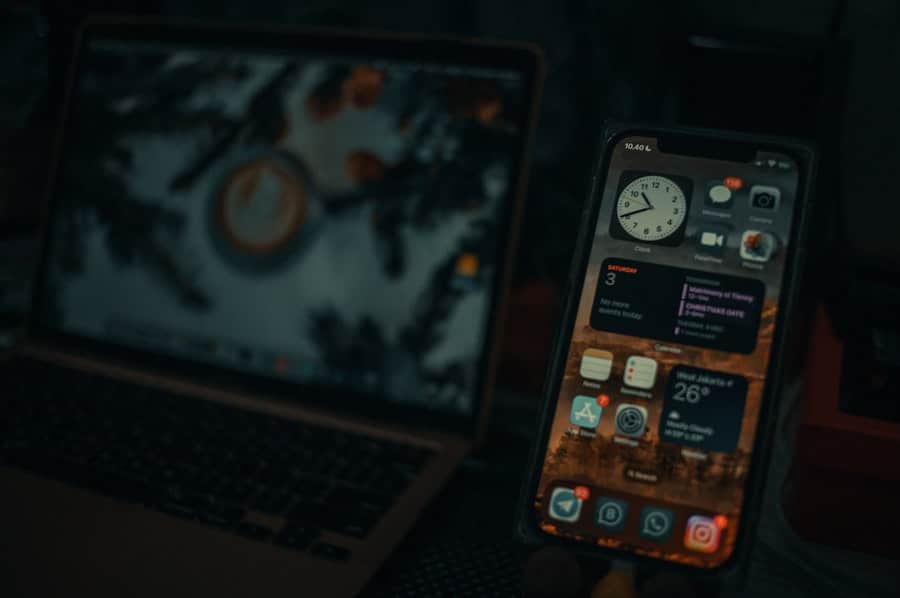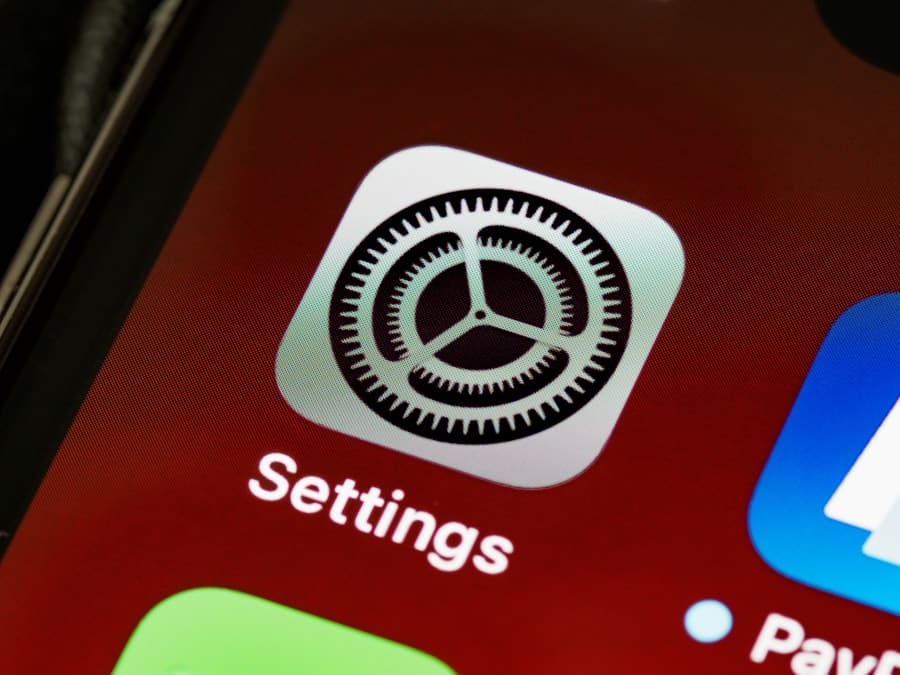Augmented Reality (AR) has emerged as a transformative technology, reshaping various sectors, including public transportation. AR wayfinding apps leverage this technology to enhance navigation and orientation in complex environments, such as train stations, airports, and bus terminals. By overlaying digital information onto the physical world, these applications provide users with intuitive guidance, making it easier to find their way in bustling transit hubs.
The integration of AR into wayfinding systems represents a significant advancement over traditional navigation methods, which often rely on static maps or signage that can be difficult to interpret in real-time. The rise of AR wayfinding apps is particularly relevant in an era where urbanization is accelerating, and public transportation systems are becoming increasingly intricate. As cities expand and transit networks grow more complex, the need for effective navigation solutions becomes paramount.
AR wayfinding apps not only assist travelers in reaching their destinations but also enhance their overall experience by providing contextual information about their surroundings. This innovative approach to navigation is not just about getting from point A to point B; it is about enriching the journey itself.
Key Takeaways
- AR wayfinding apps use augmented reality technology to provide real-time navigation and direction guidance.
- AR wayfinding apps improve public transportation by enhancing efficiency, reducing travel time, and increasing user satisfaction.
- These apps improve accessibility for individuals with disabilities by providing audio and visual cues for navigation.
- AR wayfinding apps play a crucial role in reducing travel time by offering the most efficient routes and real-time updates on transportation schedules.
- The use of AR wayfinding apps enhances user experience by providing interactive and personalized navigation assistance.
The Benefits of AR Wayfinding Apps for Public Transportation
One of the most significant advantages of AR wayfinding apps is their ability to provide real-time information tailored to the user’s location. Unlike traditional maps that require users to interpret symbols and scales, AR apps can display directions directly on the user’s screen, guiding them step-by-step through their journey. For instance, a traveler at a busy train station can point their smartphone camera at a platform, and the app will highlight the correct train and provide estimated arrival times.
This immediacy and clarity can significantly reduce confusion and anxiety, particularly for those unfamiliar with the transit system. Moreover, AR wayfinding apps can integrate various modes of transportation into a single interface. Users can seamlessly transition from walking directions to public transit options, such as buses or trains, all while receiving updates on delays or changes in service.
This holistic approach not only streamlines the travel experience but also encourages the use of public transportation by making it more accessible and user-friendly. For example, an app might suggest the fastest route that combines walking and subway travel, taking into account real-time traffic conditions and service disruptions.
How AR Wayfinding Apps Improve Accessibility

Accessibility is a critical consideration in public transportation, and AR wayfinding apps are making strides in this area by catering to diverse user needs. For individuals with visual impairments, these applications can offer audio cues and haptic feedback to guide them through transit environments. By using voice commands or vibrations, users can receive navigational assistance without relying solely on visual information.
This inclusivity ensures that everyone, regardless of their physical abilities, can navigate public transportation systems with confidence. Additionally, AR wayfinding apps can provide information about accessibility features within transit stations, such as elevators, ramps, and accessible restrooms. By highlighting these facilities on the app’s interface, users can plan their journeys more effectively and avoid potential obstacles.
For instance, a user who requires wheelchair access can be directed to the nearest elevator instead of stairs, ensuring a smoother travel experience. This focus on accessibility not only benefits individuals with disabilities but also enhances the overall usability of public transportation for all passengers.
The Role of AR Wayfinding Apps in Reducing Travel Time
Travel time is a crucial factor for commuters and travelers alike, and AR wayfinding apps play a pivotal role in minimizing delays. By providing real-time updates on transit schedules and potential disruptions, these applications empower users to make informed decisions about their routes. For example, if a train is delayed due to maintenance work, the app can suggest alternative routes or modes of transportation that may be faster.
Furthermore, AR wayfinding apps can optimize walking routes within transit hubs. By analyzing foot traffic patterns and identifying less congested pathways, these applications can guide users along the quickest routes to their connections.
In busy environments like airports or large train stations, where time is often of the essence, this capability can significantly enhance the travel experience. A traveler rushing to catch a flight can benefit from an app that directs them away from crowded areas and towards less-traveled corridors, ultimately saving precious minutes.
The Impact of AR Wayfinding Apps on User Experience
The user experience is at the heart of any successful application, and AR wayfinding apps excel in this regard by offering an engaging and interactive interface. The immersive nature of augmented reality allows users to visualize their surroundings in a new light, transforming mundane navigation into an enjoyable experience. For instance, instead of merely reading directions from a map, users can see arrows or markers overlaid on their camera feed, guiding them visually through complex environments.
Users might earn rewards for discovering new routes or completing challenges related to their travel experiences. This not only makes navigation more enjoyable but also fosters a sense of community among users who share tips and experiences within the app’s platform.
By enhancing user engagement through interactive features, AR wayfinding apps contribute to a more positive perception of public transportation as a whole.
The Future of AR Wayfinding Apps in Public Transportation

As technology continues to evolve, the future of AR wayfinding apps in public transportation looks promising. Advancements in artificial intelligence (AI) and machine learning will likely enhance the capabilities of these applications further. For instance, AI algorithms could analyze user behavior and preferences to provide personalized recommendations for routes or modes of transport based on past travel patterns.
This level of customization would create a more tailored experience for each user, making navigation even more intuitive. Additionally, as cities invest in smart infrastructure and IoT (Internet of Things) technologies, AR wayfinding apps will be able to access a wealth of data in real-time. This could include information about crowd levels at specific stations or alerts about service changes due to weather conditions.
By integrating this data into their platforms, AR apps will become indispensable tools for commuters seeking efficient travel solutions in an increasingly dynamic urban landscape.
Challenges and Limitations of AR Wayfinding Apps
Despite their many advantages, AR wayfinding apps face several challenges that must be addressed for widespread adoption. One significant limitation is the reliance on smartphone technology; not all users have access to high-end devices capable of running sophisticated AR applications. Additionally, battery life can be a concern when using GPS and camera functions simultaneously for extended periods.
This could deter some users from fully utilizing the app’s features during long journeys. Another challenge lies in ensuring accurate mapping and data integration across various transit systems. Public transportation networks are often fragmented, with different agencies managing different routes and services.
For an AR wayfinding app to be effective, it must aggregate data from multiple sources and maintain up-to-date information about schedules and service changes. This requires collaboration between transit authorities and technology developers to create a seamless user experience that meets the needs of diverse travelers.
The Potential of AR Wayfinding Apps in Transforming Public Transportation
The potential of AR wayfinding apps to revolutionize public transportation is immense. By enhancing navigation capabilities, improving accessibility, reducing travel time, and enriching user experiences, these applications are poised to become essential tools for modern commuters. As technology continues to advance and urban environments evolve, the integration of augmented reality into public transportation systems will likely play a crucial role in shaping the future of urban mobility.
While challenges remain in terms of accessibility and data integration, ongoing innovations in technology offer promising solutions that could address these issues effectively. As cities strive to create more efficient and user-friendly public transportation systems, AR wayfinding apps will undoubtedly be at the forefront of this transformation, paving the way for smarter travel solutions that benefit all users.
In the rapidly evolving world of technology, augmented reality (AR) is making significant strides in enhancing user experiences across various sectors, including public transportation. An article that complements the insights from “How AR Wayfinding Apps Are Redefining Public Transportation” is the discussion on the latest technological advancements in computing devices, such as those found in the article on The Best Lenovo Laptops. This piece explores the cutting-edge features of Lenovo laptops, which are integral in supporting the development and functionality of AR applications. As AR technology continues to integrate with public transportation systems, the role of powerful computing devices becomes increasingly crucial in ensuring seamless and efficient user experiences.
FAQs
What are AR wayfinding apps?
AR wayfinding apps are mobile applications that use augmented reality technology to provide users with real-time navigation and directions in indoor and outdoor spaces. These apps overlay digital information onto the user’s view of the physical world, helping them navigate and find their way around.
How do AR wayfinding apps redefine public transportation?
AR wayfinding apps redefine public transportation by providing users with enhanced navigation and wayfinding tools. These apps can help users easily locate bus stops, train stations, and other public transportation hubs, as well as provide real-time information on schedules, routes, and delays. This can improve the overall user experience and make public transportation more accessible and user-friendly.
What are the benefits of using AR wayfinding apps in public transportation?
Some benefits of using AR wayfinding apps in public transportation include improved navigation and wayfinding, real-time information on schedules and delays, enhanced user experience, and increased accessibility for individuals with disabilities or limited mobility. These apps can also help reduce the stress and uncertainty often associated with using public transportation.
Are there any challenges or limitations associated with AR wayfinding apps in public transportation?
Some challenges and limitations of AR wayfinding apps in public transportation may include technical issues, such as accuracy and reliability of the AR technology, as well as potential privacy concerns related to location tracking and data collection. Additionally, not all users may be comfortable or familiar with using AR technology, which could impact the adoption and effectiveness of these apps.

